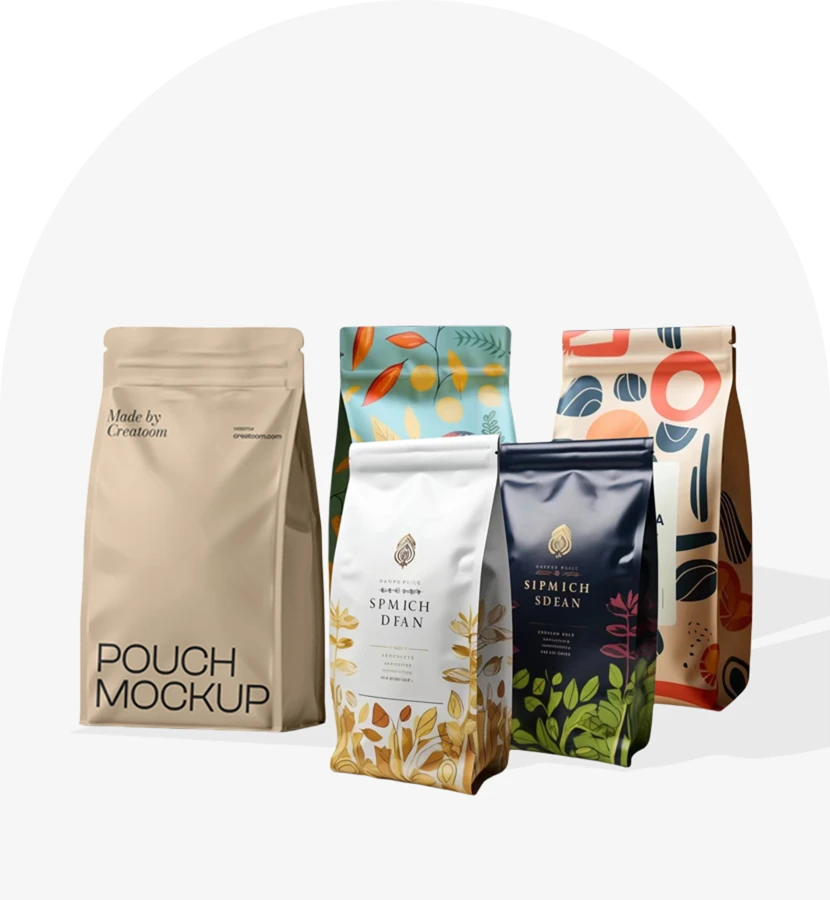chipboard
The Versatile World of Chipboard A Comprehensive Overview
Chipboard, also known as particle board, is an engineered wood product that is widely utilized in furniture manufacturing and construction. Made from wood particles, chips, or shavings that are bonded together using heat, pressure, and adhesives, chipboard has become an essential material in various applications. Its affordability, versatility, and eco-friendliness make it a popular choice among manufacturers and consumers alike.
Composition and Manufacturing Process
Chipboard is typically composed of wood particles that can include sawmill waste, shavings, and other forms of wood residue. These particles are mixed with a binding agent, often urea-formaldehyde or phenol-formaldehyde resin. The mixture is then subjected to high pressure and temperatures, which fuse the particles together, forming a dense and sturdy board.
The manufacturing of chipboard can vary depending on its intended use. For instance, high-density chipboard is often used for structural applications, while low-density chipboard may be preferred for lightweight furniture. Additionally, chipboard can be produced in a range of thicknesses, densities, and finishes, allowing for customization according to specific needs.
Applications of Chipboard
The widespread use of chipboard spans several industries. In the furniture sector, it is commonly used to create cabinets, shelves, tables, and desks. Its smooth surface and ability to retain finishes, such as veneer or laminate, make it an attractive option for consumer products. Chipboard allows manufacturers to produce economical furniture without compromising on aesthetics.
In construction, chipboard serves as an excellent alternative to plywood and solid wood. It is often used for flooring, wall panels, and as a substrate for countertops. Its resistance to warping, shrinking, and splitting enhances its durability, making it suitable for various environments, including humid conditions.
Additionally, chipboard is frequently employed in the production of packaging materials, such as boxes and pallets. Its lightweight nature combined with decent strength allows for cost-effective packaging solutions.
Environmental Impact
One of the significant advantages of chipboard is its eco-friendliness. Since it is made from recycled wood materials and by-products, it reduces waste by utilizing resources that would otherwise be discarded. The production process also consumes fewer natural resources compared to solid wood and plywood. Many manufacturers prioritize sustainable practices, ensuring that their chipboard is sourced from responsibly managed forests or certified sources.
However, it is important to highlight that some adhesives used in chipboard manufacturing may release volatile organic compounds (VOCs), which can be harmful to health and the environment. As a result, there is a growing trend towards the use of low-emission adhesives and eco-friendly practices in the production of chipboard.
chipboard

Pros and Cons of Chipboard
Like any material, chipboard comes with its own set of advantages and disadvantages.
Pros
1. Cost-Effectiveness Chipboard is generally less expensive than solid wood, making it an economical choice for both manufacturers and consumers. 2. Versatility It can be manufactured in various sizes and shapes, making it suitable for numerous applications.
3. Lightweight Compared to traditional wood products, chipboard is lighter, which aids in transportation and handling.
4. Sustainability Its use of recycled materials contributes to environmental conservation.
Cons
1. Durability While chipboard is relatively sturdy, it may not match the strength and longevity of solid wood, particularly under heavy load.
2. Water Resistance Chipboard is susceptible to water damage and can swell when exposed to moisture, which limits its use in wet areas without proper finishing.
3. Aesthetic Limitations Although it can be finished to look attractive, chipboard does not possess the natural beauty of solid wood grain.
Conclusion
Chipboard plays a vital role in modern manufacturing and construction, offering a blend of affordability, versatility, and sustainability. Its applications are vast, from furniture to construction materials and packaging solutions. As the industry continues to evolve, innovations in chipboard production and environmentally friendly practices will likely enhance its appeal and effectiveness. Embracing chipboard not only allows for cost-efficient solutions but also contributes to a more sustainable and eco-conscious future.













